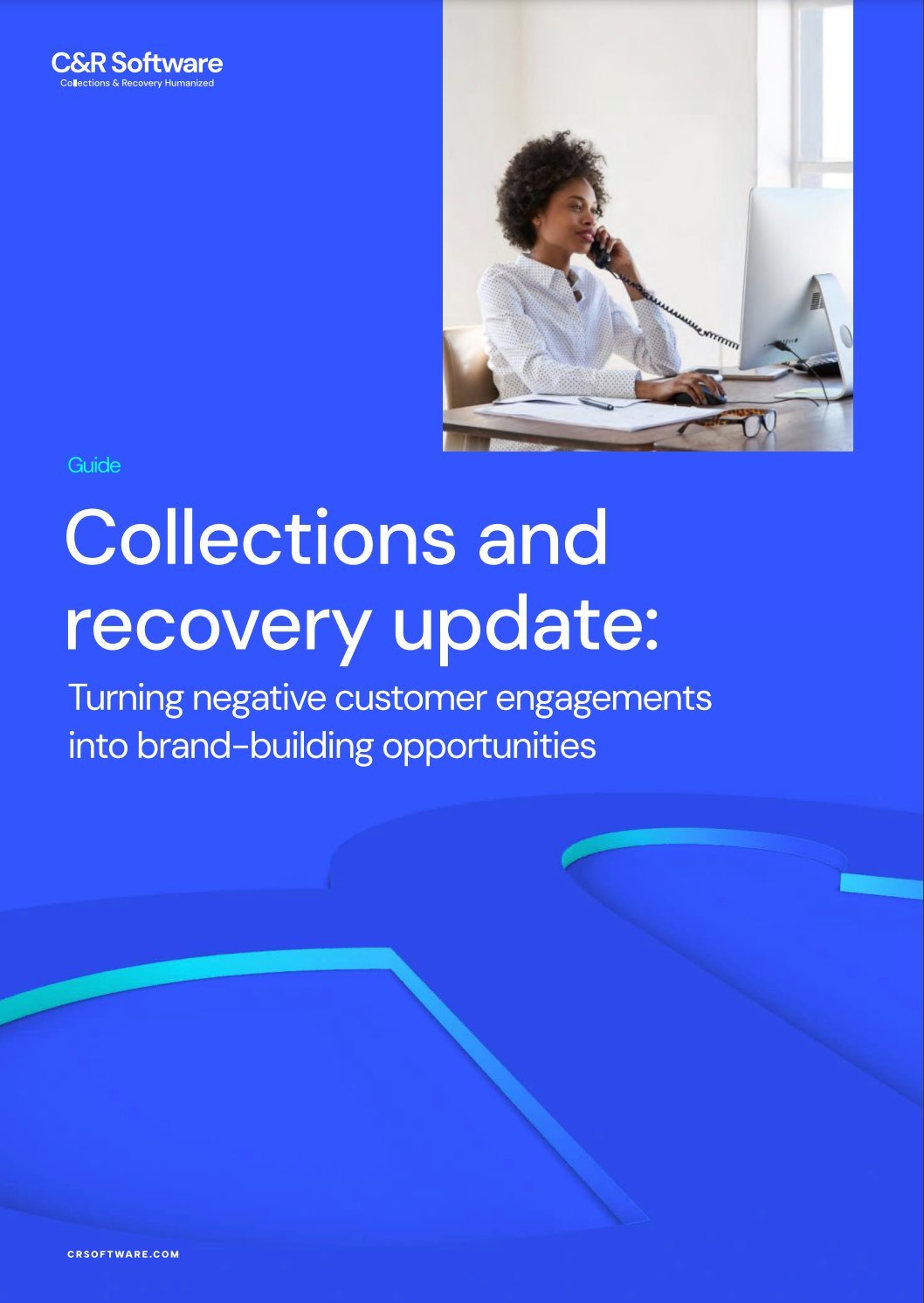Organizations across the world are recognizing the need to bolster their collections and recovery operations – with the post-pandemic environment presenting an increased level of risk and a need to scale to accommodate more customers.
While expanding a collections team may have previously been a solution to meeting heightened demand, hiring and onboarding has never been more expensive or more uncertain in terms of results.
Instead, organizations are realizing the potential of advanced collections platforms for scaling in a more cost-effective and reliable way.
Why do organizations need to scale their collections teams?
A confluence of factors is contributing towards higher rates of household debt, meaning collections teams are under pressure to respond as they prepare for a possible influx of customers. According to the Federal Reserve Bank of New York, US household debt rose by $312 billion in the second quarter of 2022 alone, with balances now $2 trillion higher than at the end of 2019.
More consumer credit being issued in the immediate wake of the pandemic – as noted by the UK’s Office for National Statistics – is a major contributing factor. But with inflation soaring in many economies and the cost of living rising much faster than wages, the picture could soon be even worse – with many predicting a ‘tsunami of debt’ before the year’s end.
But perhaps most concerning for organizations is the profile of their customers. Many have no experience being in debt and no experience communicating with collections teams. As a result, the time and resources needed to provide a more humanized approach expected by customers is much greater. This threatens to increase the pressure on already-stretched collections teams. As a result, there is a real risk of an increase in defaults and significantly poorer collections performance.
Traditional methods of scaling no longer make the grade
Rising to a challenge like this would historically have involved growing collections teams. But there is now a greater understanding of the inefficiencies of scaling in this way:
- Salary costs. Hiring more collection agents is a typically expensive undertaking. Accommodating a new wave of customers without making any other efficiency gains is likely to involve recruiting a large number of new staff, while any future need to scale will require yet more hires.
- Expense and uncertainty of the recruitment process. The time, money and resources involved in hiring is an additional drain on a collection team’s capacity to deal with growing demand. As with recruitment in any industry, there are no guarantees new hires will hit the ground running, especially when the process will need to be expedited.
- Impacts of the training process. Onboarding new staff is another costly process – both financially and when it comes to managing the workload of existing staff.
- Strains on collections processes. Just as an influx of new customers will test the robustness of an organization’s collections processes, so will the influx of new recruits arriving from different working environments.
- Difficulties in measuring efficiency. Unlike technology-based approaches to scaling capacity, it’s more difficult to judge the cost-effectiveness and time efficiency of scaling through recruiting new team members.
How advanced collections platforms help organizations scale smarter
Huge leaps forward in the capabilities of collections technology over recent years mean embracing the right software platform is the most effective way for collections departments to scale. Market-leading solutions like Debt Manager from C&R Software saves businesses the expense of making a raft of new hires by helping them maximize efficiency while operating on a budget.
The best platforms are built to be scalable – not only by helping organizations assist more people in debt, but by integrating core processes so these can be scaled too, guaranteeing maximum performance. Let’s take a look at some of the features that enable this:
Scalability of architecture
Advanced collections platforms are designed for super high-volume transactional processing. For example, Debt Manager has been proven to support over 10,000 concurrent users under heavy load while maintaining rapid response times. This means organizations can support self-service for as many customers as necessary, taking pressure off agents and freeing up capacity for human-to-human communication for the customers who need it the most.
Modern solutions also enable truly centralized data. Debt Manager can scale into many terabytes of storage comprising billions of records of online active data, meaning all crucial information, from a customer’s communication preferences to their debt history, can be stored in one place – giving a single source of truth. Centralizing data in this way is crucial to segmenting customers correctly and deploying the right strategies for each group.
Intelligent workflow
Configurable workflow functionality and automation tools are used to route customer records through each stage of a collections process with human intervention only where the organization requires it. This gives teams far more flexibility when it comes to responding to new challenges, realigning strategies and accommodating influxes of new customers.
Real-time workflows can be established to automate specific actions in case of specific triggers (e.g. transitioning to a new payment schedule in the event of several overdue payments). Meanwhile, timeline workflows can be especially useful for choreographing communication schedules for each segment over time (e.g. following up with an SMS if an email receives no response, before following up with a phone call if the SMS produces no response).
Compliance engineered-in
Advanced collections platforms like Debt Manager support compliance with a diverse set of regulations as standard. A flexible compliance framework makes it simple to implement specific rules automatically (such as limits on how many times customers can be contacted in a set period) without staff having to carry out these hugely labor-intensive tasks manually.
Debt Manager’s engineered-in compliance capabilities safeguard against breaches, while maximizing efficiency so staff are able to manage a larger customer base with no loss of performance.
Customer experience bonuses
The most valuable thing a collections team can build is solid relationships with its customers. The Debt Manager platform makes this easier than ever. Our AI-powered virtual assistant, Cara, has eight built-in features and more than 570 conversation flow boxes, and can:
- Easily verify ID
- Help customers make payments
- Update demographics
- Create payment plans
Debt Manager also makes it easy for customers to customize their communication preferences. Not only do these customer bonuses improve collection performance and take pressure off staff, enabling organizations to scale smarter, they can also greatly boost brand loyalty. Giving customers more opportunities to connect with your collections team and more options in managing their debt is more likely to create loyal, long-term customers.
Schedule a Debt Manager demo today
If your organization is searching for the right solution to help scale operations, look no further than Debt Manager from C&R Software.
Debt Manager is the world’s best technology platform for collections and recovery – with efficiency, performance and the financial wellbeing of your customers at the heart of everything we do. Debt Manager is built to handle growing volumes of customers in a horizontally scalable manner – meaning the platform grows alongside your organization’s requirements.
Contact us today to book a demo, and see how Debt Manager could help your collections operation scale seamlessly.







